Anti-aging. What can you do to reverse or slow down the aging process? Which 4 pills can be used to stop aging (such as FOXO4 peptide / Proxofim)? What are 5 ways to reverse the aging process (such as removing senescent cells)? What kind of implications could this have (4x)? All about the latest developments in anti-aging science!
Anti-aging science
What is ‘anti-aging science’? In the medical field, it’s the study of gerontology. This word has it roots in the Greek word ‘geron’, which means ‘old man’. Gerontologists study why our bodies change the way they do, why we get older, and what the reason is behind our mortality.
Aubrey de Grey is one of the world’s most prominent gerontologists. According to him, stopping the aging process is “the world’s most important mission”. He believes that eventually, there won’t be any limit to our life expectancy. He considers old age and death to be medical problems that can be solved, rather than unavoidable life events.
Whenever I give a presentation about this topic, I usually get the following response: “I wouldn’t mind living a bit longer, but I don’t want to live to 120 if I don’t have a healthy body and mind.” What’s so intriguing about the technological and scientific progress that is being made within anti-aging science, is that researchers aim is to find techniques that will slow down or halt the aging processes that chip away at our health.
In other words: 120 might become the new 60.
Anti-aging impact
What does it mean to live in a longevity society? What if we can significantly upgrade our physical, cognitive and emotional capabilities? What if we all increase our longevity? How will human life change in the coming 50 years? How should governments react? What are the main drivers of this development, what kind of policy would apply and how will society change?
This keynote was filmed during the Biohacking Conference 2019 in Riga, Latvia.
My keynote about longevity and anti-aging at the Biohacking Conference 2019
Interview Aubrey de Grey
At the EHA 2018 (Eurosymposium on Healthy Aging) in Brussels (Belgium) I had an interview with one of the leading researchers in the field of anti-aging, namely Aubrey de Grey of the SENS Foundation.
Watch the interview:
Interview with Aubrey de Grey
Slowing down aging processes
Humans have been trying to slow down the aging process for centuries, especially concerning the average life expectancy. In the Stone Age, humans on average reached the age of 20, in the Renaissance this was 33, and in 1900 the average life expectancy was 47 years old. Today, the average life expectancy increases by 2 years, every 10 years. So someone who was born in 2010, will – on average – live 2 years longer than someone who was born in 2000.
The desire to live longer has captured our attention for years. The most well-known philosophers on this topic are Francis Bacon and René Descartes. Francis Bacon (1561 – 1621) was an English philosopher. When he was nearing the end of his life, he wrote a book full of recipes and methods to live longer. His methods were a bit odd – such as giving advice on what type of underwear you should wear – but he concluded with a powerful argument for setting up a trial study for longevity (prolonging life).
René Descartes (1596 – 1650) wrote: “We might free ourselves from innumerable diseases, both of the body and of the mind, and perhaps even from the infirmity of old age, if we had sufficient knowledge of their causes.”
In other words: putting the brakes on aging has fascinated the biggest philosophers of our time for centuries.

Wrinkles are caused by proteins binding to other molecules. In the ‘Theory of Aging’ section, you can read more about this.
Odd ideas
People have tried odd things in the past. The Russian biologist Metsjnikov proposed drinking buttermilk every day. The French neurologist Brown-Séquard, instead, argued that old men could slow down aging by having monkey testicles implanted in their bodies.
In ancient China, people believed that if you could have sex multiple times in one day and night without ejaculating, you would be cured from any disease. But back to Francis Bacon’s book. This also includes recipes for anti-aging drinks, such as crushed pearls mixed with the juice of 4 lemons.
Commercial opportunities
Calico and Human Longevity are two companies that are working on slowing down or reversing aging processes [link at the bottom]. Calico received a lot of media attention, as Alphabet – Google’s parent company – is a major stakeholder in this company. The founders of Human Longevity are also quite well-known, these being Graig Venter (one of the leading scientists in the Human Genome Project) and Peter Diamandis (involved in Singularity University).
Why is the the business world so set on halting aging processes? That’s because time might be the only scarce resource humanity has left, and that it is truly unable to solve. During a discussion about bio-ethics, an elderly man told me that he wouldn’t think twice about giving up all his money in return for a few good extra years of life.
Peter Diamandis gave a rough estimate of the market potential of anti-aging products and services. According to him, this market could be worth $3.5 billion annually.
Bill Maris (formerly at Google Ventures) has stated that he wants to grow old enough to be able to live forever. Director Woody Allen once said: “I don’t want to achieve immortality through my work; I want to achieve immortality through not dying.”
They’re living in the right era. We’re living in a time where anti-aging science and technology are developing at an incredibly high pace.
Aging science
Scientific studies into halting aging processes, tend to fall within three categories:
- Other organisms. For instance, some argue that the turritopsis dohrnii jellyfish is immortal. How does that work?
- Population levels. What kind of life did supercentenarians (people older than 110) live and what do their bodies look like?
- On a cellular level. Which processes play a role on a cellular and molecular level?
The biggest scientific strides within the past few years have taken place in the third category – mostly thanks to technological developments, such as better microscopes and more computing power.
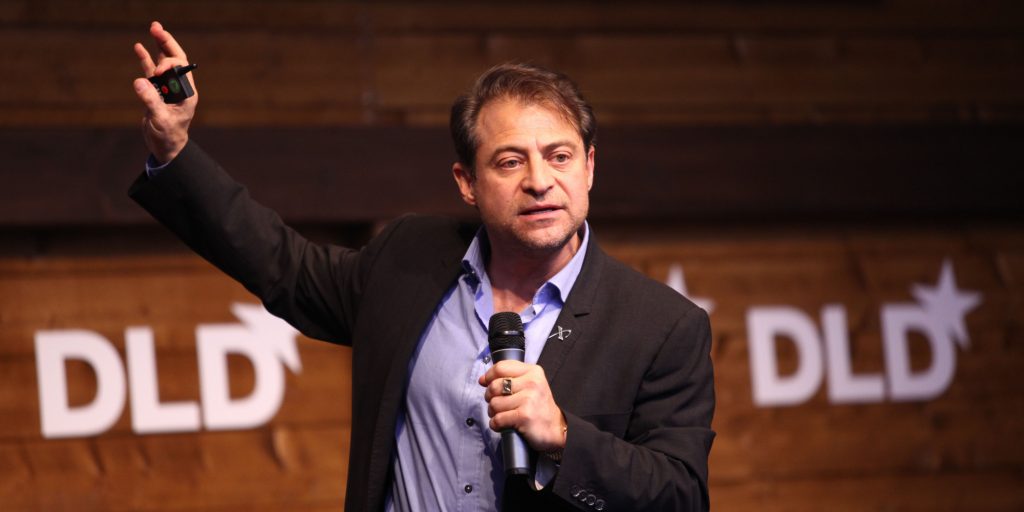
Peter Diamandis predicts that in 2030, we’ll reach the ‘Longevity Escape Velocity’. Read the ‘Future’ section to find out what this means.
Four important theories about aging are autophagy, free radicals, AGes and senescent cells.
Reversing aging processes
One of the biggest academic breakthroughs with regards to reversing aging, was led by Christian de Duve. In 1974, he received a Nobel prize for his discovery of how cells get rid of damaged cells.
The cytoplasm of a healthy cell is clear and transparent. Older cells are often full of dysfunctional components and aging spots. That’s because the lysosomes in these cells cease to function. De Duve discovered the existence of these lysosomes, which in a way are just tiny sacs that function as the trash can of a cell. Lysosomes swallow up cellular trash and then digest this. This is one of the most important ways for cells to rejuvenate themselves. The mechanism through which a cell eats itself by means of the lysosome, is also known as autophagy.
Since this discovery in 1974, a multitude of gerontologists and biologists have tried to find the remedy for aging, by looking into how lysosomes and autophagy slowly start working less and less well within the body as we get older.
Theory on aging
Another important theory, is the ‘mitochondrial free radical theory of aging’. This theory works as follows. Every cell contains several hundreds to thousands of mitochondria. These are the powerhouse of the cell. Each mitochondrium, in turn, contains rotary motors that produce ATP, an energy carrier that we get from our food. ATP is the body’s energy fuel.
The mitochondria were parasites before they were powerhouses. About a million years ago, they sneaked into the cells of our ancestors’ organisms. And they stayed there. Cells give them shelter, in exchange for energy. Now, mitochondria even have their own DNA strings and their own genetic language.
The mitochondria function well, but not perfectly. Sometimes oxygen molecules aren’t converted to ATP, but instead combust as a spark. The molecules then immediately turn into oxidants or free radicals. This means that they can easily bind to other molecules. In this way, free radicals can damage our DNA, cause cancer, lead to arthritis in our joints or create Alzheimer’s in our nervous system.
In his book ‘Long for this World’, author Jonathan Weiner compares oxygen to rust [link at the bottom]. It’s a remarkable paradox: every breath gives you energy, but also causes damage. Oxygen fuels us and oxygen burns us.
In 1956, a chemist called Derham Harman first introduced this theory. Free radicals are one of the main causes of the steady decline of our body as we age.
AGEs
The third aging process in our body, is the emergence of AGEs – Advanced Glycation Endproducts. AGEs form a bond to proteins, and as this leads to wrinkles, they’re one of the most visible signs of aging. This is caused by collagen proteins getting caught up in each other.
This process doesn’t just occur on the surface of our skin, but also inside our body; in our organs, blood vessels and veins. That’s because older cells are less flexible and thus less capable of moving around. More and more crumpled collagen proteins have to be moved towards the lysosomes, in order to be digested and then removed from the body.
Senescent cells
Infinite cell division would potentially mean that we could live forever. Up until 1961, biologists believed this was possible, in part because of Alexis Carrel’s work. Carrel even received a Nobel prize in 1912, for his pioneering work in the field of organ transplantations. Later on, he claimed that he could keep a human head alive forever.
It turned out that he was manipulating his research. In 1961, cellular biologist Leonard Hayflick discovered that normal human cells in a petri dish, do not have infinite cell division. Within the human body, cells can divide about 70 times. After that, they get exhausted. Cellular biologists refer to this situation as ‘senescent cells‘.
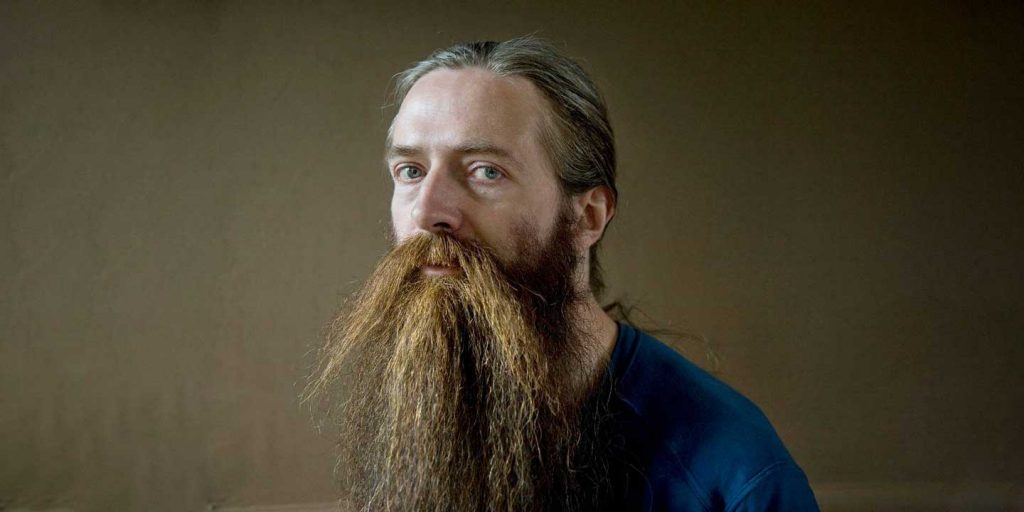
Aubrey de Grey is a fervent proponent of anti-aging science. He described the 7 causes of aging. You can read more about these further on in the article.
Before I examine several solutions for halting aging processes, I first take a look at an important scientific breakthrough. Is aging coded into our DNA?
Evolutionary reasons
For a long time, scientists believed that perhaps the reason behind aging was embedded in our genes. Is there a genetic code that launches processes that accelerate aging? Or is it the other way around, and is there a genetic switch that halts and inhibits the biological processes that keep us young and fit?
Peter Medewar received a Nobel Prize for his pioneering work in skin transplantations. A few years after the Second World War, he published two essays on aging. Before, scientists had argued that older versions of an organism were no longer useful for the survival of said organism. For that reason, it made sense that during our evolution, something would be embedded in our DNA so that older organisms died.
However, it turned out that that wasn’t the case. Darwin, a pioneer in evolutionary science, also concluded that most animals die young. That’s how evolutionary processes have been applying natural selection for years. Death and old age were never embedded into our genetic code, as there was never a reason for it.
Grandmother hypothesis
However, it’s evidently not the case that we die as soon as we’ve reached our reproductive age (or 15 years later, when the kids would be old enough take care of themselves) either. A possible explanation for this is the grandmother hypothesis.
As culture started to take on a bigger and bigger role throughout our evolution, passing on knowledge became increasingly important. As long as people could become grandparents, they would still be useful in terms of helping their sons and daughters raise the children. Mind you: at that time, girls could become mothers at the age of fifteen and grandmothers at the age of thirty.
About 30,000 years ago, during the Upper Paleolithic, the number of adults who lived long enough to become grandparents quadrupled. Scientists are not quite sure yet what caused this increase.
It was a time of an extraordinary cultural and geographical expansion, which is also referred to as the ‘creative explosion’.
What kind of ways are there to put the brakes on aging processes?
Stopping aging processes (7x)
In his book Ending Aging, Aubrey de Grey describes 7 techniques to halt aging processes completely [link at the bottom]. But let’s start with the 7 causes of aging:
- Cross-linking. The molecules in our body get tangled up and are lumped together.
- The mitochondria stop functioning as well as they did before.
- Waste accumulates in the cell (autophagy stops working as well as it did before).
- Waste between the cells accumulates.
- Old cells roam around without fulfilling any function.
- Dying cells poison the surrounding cells.
- There’s an accumulation of dangerous cells (can lead to tumor formation)
According to Aubrey de Grey, it theoretically is not impossible to prevent or even reverse the 7 causes of aging. He wrote several scientific proposals about this. He believes that we can develop drugs against cross-linkage (# 1), inject mitochondrial genes (# 2), stimulate autophagy in the cell (# 3) and train the immune system to clean up waste and senescent cells (# 4, # 5 and # 6).
His solution to cancer (# 7) is his most far-reaching idea. He proposes, among other things, to lengthen the telomeres (the cap at the end of a chromosome) by means of gene therapy. Later on in this article, I’ll elaborate a bit more on gene therapy and telomeres.
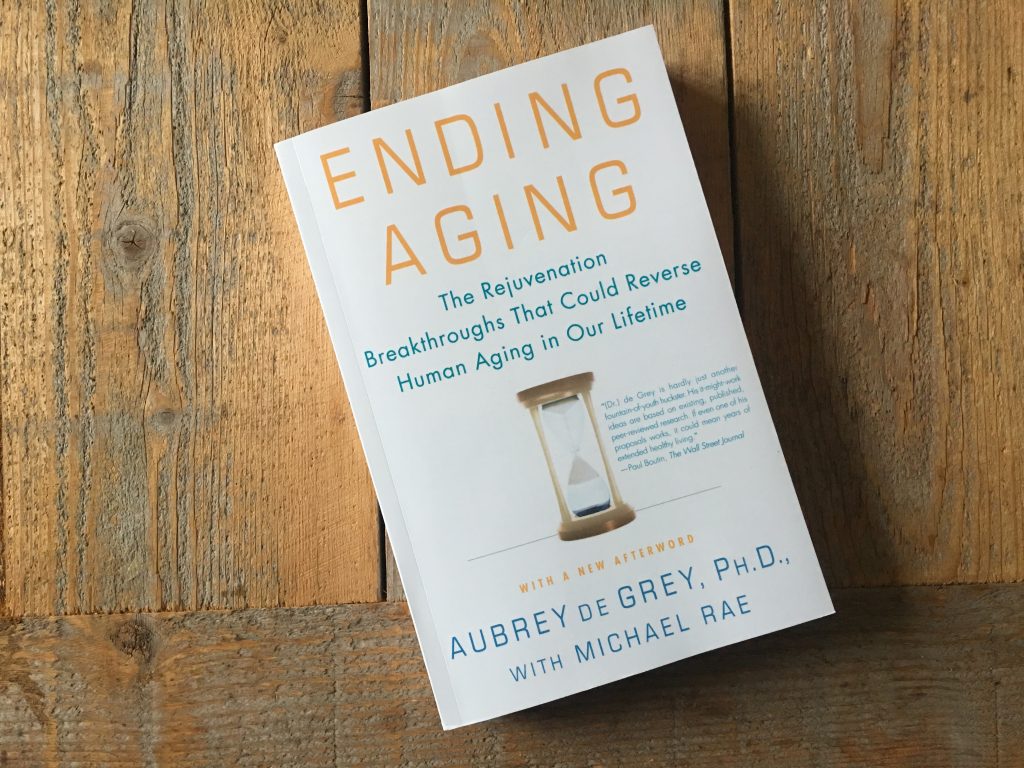
De Grey’s book
Ok, but what kind of pill do I need to take in order to stay young forever?
Anti-aging pill (4x)
“Is there such a thing as an anti-aging pill?” That’s a common question I get, when I tell people I’m interested in anti-aging science. Right now, there’s limited scientific evidence to prove the efficacy of anti-aging supplements. The most interesting anti-aging pills right now are the following:
- Resveratrol
- Rapamycin
- Proxofim (Foxo4 peptide)
- Protandim Nrf2
I’ve elaborated on these supplements and pills below, including on their theoretical and proven efficacy.
1 Resveratrol
To start off with the first two supplements. Perhaps you’ve heard of resveratrol before. When it was administered to mice in a research trial, they lived longer and experienced fewer instances of cancer or cardiovascular disease. The mechanism behind this is that resveratrol stimulates the SIR2 gene. This gene plays an important role within the recovery and reparation processes of the body.
This news was received quite positively, especially because red wine contains this substance as well. But does it work on people? The AMC did a trial with this supplement, but they only saw a marginal improvement in the biomarker they’d selected. Besides, if you would want to obtain the same dose of resveratrol with red wine instead of supplements, you’d have to drink several bottles a day.
2 Rapamycin
Just like resveratrol, rapamycin has also been shown to prolong the lifespan of mice. Rapamycin was discovered in a bacterium on Rapa Nui (Easter Island). So how does the supplement work? The substance acts as an inhibitor of mTOR (mammalianal Target Of Rapamycin). mTOR is involved in a variety of biological processes related to cell growth and energy production.
As I described before in the paragraph on the ‘free radicals theory’, mitochondrial processes such as the production of ATP accelerate the aging processes. By inhibiting the production of this substance – for instance, by eating less or by taking rapamycin – you could theoretically also slow down the aging process.
Rapamycin’s efficacy in people and the possible side effects are still being debated. However, the substance is already being used in the treatment of conditions such as Huntington’s disease, Parkinson’s disease and ALS.
3 Proxofim
Proxofim is a Dutch invention. Peter de Keizer (Erasmus MC Rotterdam) first wrote about the substance in 2017. Proxofim switches on a molecular switch, which causes senescent cells (#cause 5) to start destroying themselves.
In his study, De Keizer tested this drug on mice. The older mice became fitter, had improved hair growth and had an improved kidney health. This was enough reason for an American called Darren Moore to try this substance out on himself. In an article in De Volkskrant, Keizer called this ‘bizarre and dangerous’.
FOXO4 peptide
The full name of the active ingredient is FOXO4-DRI. That’s also the name of the website where Darren Moore describes and explains his personal experiments [link at the bottom]. Peptides are a type of protein consisting of short chains of amino acid. Peptides settle next to the FOXO4 protein.
This causes the cell to think that it’s old and damaged, which triggers autophagy. Another benefit is that peptide stimulates the stem cells in its vicinity to replace damaged stem cells with new ones.
4 Protandim Nrf2
Protandim Nrf2 has been available for a few years now. The product is sold by a company called LifeVantage, through network marketing. The manufacturer claims that the 5 herbal ingredients (including kurkuma and black pepper) help against oxidative stress and slow down aging processes.
In an extensive review, dietitian Rob van Berkel argued that most of the studies thus far have been done in a laboratory or on animals [link at the bottom]. The studies that did involve humans, had disappointing results, according to him.
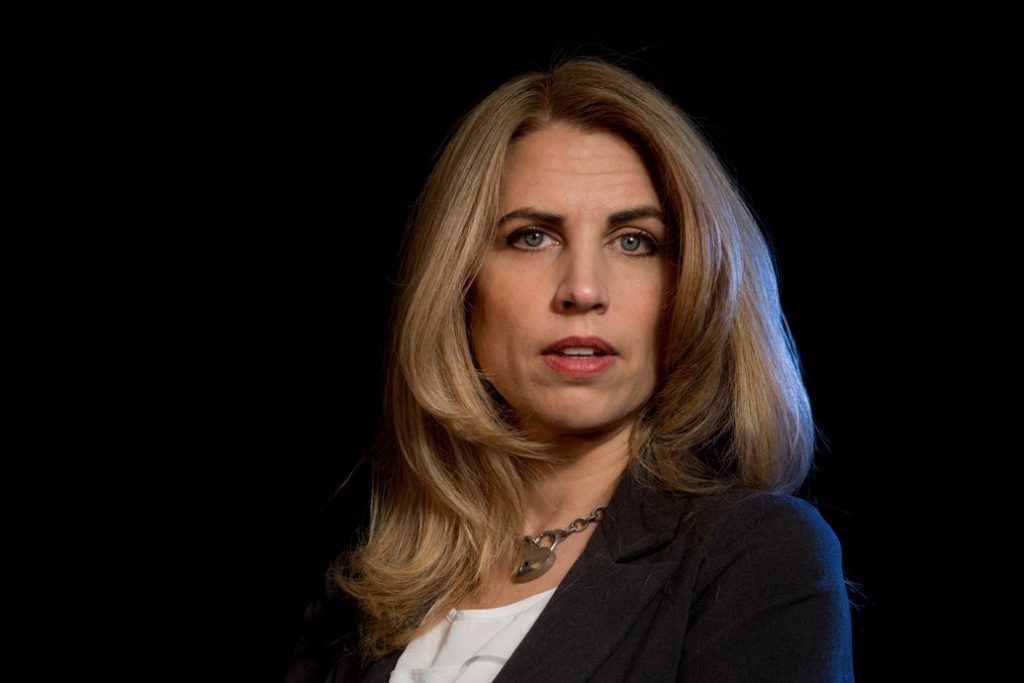
Lizz Parish claims that she underwent gene therapy to halt aging. More about this in ‘Anti-Aging techniques’.
Apart from pills and supplements, what are the best methods to halt aging?
Anti-aging techniques (5x)
What kind of anti-aging methods are there? These are the most far-reaching methods to slow down or even reverse aging.
- Removing senescent cells
- Gene therapy
- Telomeres
- Stem cells
- Electronic organs
I’ve elaborated upon these methods and techniques below.
1 Removing senescent cells
One of the most exciting developments right now is nanotechnology. Nanotechnology means we can create extremely tiny robots, which could, for instance, move through our bloodstream.
These nanorobots might be able to clean up senescent cells. In her book ‘Beyond Human’, Eve Harold also discusses another interesting way to apply these robots [link at the bottom]. Perhaps robots won’t just be able to eliminate waste, but also to carry a copy of perfect DNA to certain spots.
Venture capitalist and visionary Peter Diamandis believes (mid-2018) that in 2032, we’ll have nanorobots that can help us humans to strengthen our immune system.
2 Gene therapy
In 2016, Lizz Parrish was featured on the news. She was the first person to undergo gene therapy against aging. She didn’t just do so for personal reasons, but also for professional reasons: she’s the CEO of a company called Bioviva [link at the bottom]. This company develops technologies, therapies and techniques to slow down aging.
She had to undergo her gene therapy treatment in Colombia, as this treatment is illegal in the US. After her treatment, Parrish and her company Bioviva claimed that through gene therapy, the age of her telomeres has decreased by 20 years. More about telomeres in the next paragraph.
3 Telomeres
What are telomeres? Telomeres are short sequences of DNA that you can find at the bottom of every chromosome. They protect our DNA and make sure that the strands don’t get damaged. The problem with telomeres is that with every cell division, they become shorter. At some point they become so short that they can no longer protect the chromosome.
Telomeres also serve as a platform for DNA replication to take place. Telomeres prevent a loss of protein-coding information during DNA replication, by also adding a non-coding piece of DNA to the process. This is necessary as the enzyme can’t duplicate the piece of DNA on which it is physically located.
The length of your telomeres can also be used to determine how much you’ve aged. A company called TeloYears sells test kits that you can use to analyze your own telomere age. I’ve also ordered a test kit. Once I’ve received the results, I’ll update this article with more information.
Apart from gene therapy (#2), there might be additional ways to protect or regenerate the telomeres. Researchers at Harvard Medical School concluded that stimulating a certain enzyme could also help protect the telomeres [link at the bottom].
This enzyme is called telomerase. It extends the length of the telomeres. Telomerase is also referred to as the ‘fountain of youth, as extending the telomeres helps increase the vitality and reproductive capacity of the stem cells.
4 Stem cells
As a baby or as a child, you have far more stem cells than as an adult. But what are stem cells exactly? They’re cells that haven’t been assigned a specific function yet, within the body. A stem cell is pushed by genetic and epigenetic processes to turn into a specialized cell, such as a heart-, skin- or liver cell.
Stem cells don’t just play an important role in your body while you’re growing up. Once you’re fully grown, they function as a built-in repair kit. One anti-aging technique is to extract several stem cells from your body, cultivate these in a laboratory, and then implant them into the body again.
In 2017, it was reported that the first studies had been conducted in humans, and that the results were positive [link at the bottom]. The primary focus of this research was to demonstrate that this stem cell treatment is safe and that it didn’t have any harmful effects on the health of the research subjects.
5 Electronic organs
For instance, I personally had an NFC chip implanted in my hand [link at the bottom]. Although this chip hasn’t exactly taken over any of my vital bodily functions, this is the case for people with devices such as a pacemaker. Replacing biological organs with electronic ones is another way to halt aging.
Scientists are currently working on an electronic liver, a fully artificial heart (Syncardia) and a pacemaker for the brain that can suspend aging processes in the brain [link at the bottom]. Some transhumanists take this idea even further, as they believe that one day, we’ll be able to live entirely digitally [link to my article about transhumanism at the bottom].
The future
How rapidly are these developments progressing anyway? I’m 33 years old right now. Are all of these anti-aging technologies and methods going to unfold while I’m alive, and will I be able to become substantially older? The XKCD cartoon below illustrates a joke that I often hear in anti-aging circles.
Until what year do we need to live, to be able to benefit from these technological developments? Peter Diamandis believes we’ll reach the ‘Longevity Escape Velocity’ in 2030. The rate at which technology is developing, is faster than the rate at which we’re getting older.
Of course, the question is raised for whom this technology would be accessible. Most likely, just like with other technologies, it would first exclusively be available to the rich. However, a few years later, around 2036, these treatments could be available for everyone. With these techniques, you could become 30 to 40 years older than you otherwise would have become.

A cartoon by XKCD. Take a look at the picture on the left; that’s something that anti-aging scientists sometimes fear.
Impact
Apart from whether it’s possible, it’s also about the desirability. As futurologist (and one of my role models) Gerd Leonard said: “In the future, it won’t be a matter of feasibility. The question will be whether we want it, for whom, and when.” If a lot of people can become much older, this could also have negative consequences.
- Overpopulation
- Inverted population pyramid
- A world without risk
- Family ties
#1 According to some scientists, we’re already burning through the earth’s resources with our current population. What if the natural death rate would become much lower? In other words: what if we continue to have children, but it takes much longer before we die?
In a documentary called ‘The Immortalists’, Aubrey de Grey laughs at this idea. “We tend to forget about the fact that science and technology are progressing incredibly rapidly in other fields as well.” I personally find this idea too egocentric or humancentric. On the other hand, we might be able to use these anti-aging techniques for other purposes as well in the future, such as helping out protected species that are in danger of extinction.
In my interview with Kris Verburgh, he argues that underpopulation is actually the bigger threat. He points out the demographic developments in Japan, for instance. If we start living significantly longer, there will probably be a decrease in the number of births.
#2 An inverted population pyramid could also pose a threat. Our current society is designed in such a way that the younger generations take care of the elderly. Not just within family structures, but also in terms of social security.
What about retirement, would that concept still be relevant? Right now, retirement funds base their contribution fees on risk assessments and life expectancy. What if we suddenly get to a point where we’re not just becoming 5 years older, but 40 or 50?
Another related point of contention is how accessible these opportunities will be. Will slowing down or reversing aging processes be something that’s only accessible to the rich? According to Kris Verburgh, that’s what tends to happen when a new technology has just come out. “When antibiotics were first introduced in 1940, they were rare and expensive. Doctors even went as far as saving people’s urine and extracting the antibiotics again.” After a while, antibiotics started getting cheaper and cheaper. He believes that anti-aging technologies will run a similar course.
#3 In his book, Jonathan Weiner writes about the disadvantages of reversing aging: “To an extent, our actions in life are determined by its finity.” This is also a recurring theme in books, TV shows and movies about immortality. Does our mortality also lead us to avoid taking risks, as humans?
Especially when the only way you could possibly die is getting run over by a car or getting into another type of accident. Then perhaps it’d be safer to stay inside all day. Or to allude to Weiner’s quote: the idea of dying some day is also something that motivates us to go to different places, take risks and undertake activities.
#4 In the Netflix show ‘Altered Carbon’, family ties start to come under pressure, because older generations don’t make room for younger generations. As Ernst Haeckel stated: “Even very tight-knit families could face issues and challenges.”
On the other hand, we’re looking at this from a biased perspective, as we’re judging this by our current social and cultural norms. Tim Urban (Waitbutwhyblog, one of my role models) has stated:
Aan de andere kant is dat ook het perspectief van hoe we nu sociaal en cultureel gewend zijn om te leven. Tim Urban van de blog Waitbutwhy (en één van mijn grote voorbeelden) zegt: “Back when our average life expectancy was 20, we probably couldn’t imagine we’d become 4x as old either.”
Conclusion
So what should we do now? If we take Peter Diamandis’ word for it, the most important thing to do is to stay alive until 2030. Or until 2036, when these technologies become widely accessible to all.
Perhaps we’ll see scientific breakthroughs in other fields than the robots in our body, or the gene therapy that I’ve talked about before. Perhaps one of the pills I mentioned will turn out to be a proven effective method to halt or reverse aging.
What can you do right now, if you would like to live longer? Gerontology Professor Andrea Maier recommends not smoking, drinking moderately, and exercising. Which might sound quite boring to some.
A proven method to halt aging processes has to do with the free radicals theory. This method is calorie restriction. That’s why I’ve done a personal experiment, where I didn’t eat for 5 days. Sometimes you have to suffer a bit, to put the brakes on aging.
In addition to calorie restriction, there’s a few other anti-aging methods:
- Strength training
- Handgrip
- Mobility
- Walking
- Social contacts
More on these methods below.
1 Strength training
When you get older, your muscle mass and strength start to decrease – this is also known as ‘sarcopenia’. The reason behind this seems to be that the mitochondria in your muscle cells decrease in function. The mitochondria is the powerhouse of the cell. Apart from providing your body with energy, mitochondria also have several other functions. They play an important role in protecting the DNA in the cell, protecting the electrical and chemical balance, and in the cell division.
It’s possible to stop the decline of muscle mass that occurs when you get older. How? By doing strength training. One study looked into the expression of various genes that are associated with aging. Essentially, people who do strength training at least twice a week, live longer. The results of this study indicated that this group had a 46% decreased risk of dying [link at the bottom].
As I described before, telomeres are structures that protect the DNA; they’re are found at the end of each chromosome, enclosed in protective proteins. In a way, you could compare a telomere with the plastic end of a lace which protects your shoelaces from fraying. As you get older, your telomeres become shorter. How is that possible? This is due to a variety of processes, such as cell divisions, metabolic processes in your body, and inflammation. Over time, the protective caps that protect your chromosomes completely disappear. All at once, your protection is gone and your cells and genes get damaged much more quickly than before. You can’t do anything to stop this process; you can only slow it down. In a study with twins, researchers found that exercise has a positive influence on the length of the telomeres. This was regardless of other factors, such as age, weight and even smoking [link at the bottom].
2 Handgrip
Another way to stay fit and healthy, is to train your handgrip strength. Researchers at a Canadian university measured the handgrip strength of 140,000 people, by measuring the force of their handshake. The average grip strength per person was 300 Newtons. If someone had 50 Newton less strength, that meant an the risk of dying increased by 16% and the risk of cardiovascular disease increased by 17% [link at the bottom]. But correlation does not imply causation. The researchers quickly realized that you won’t automatically become older if you train your grip strength every day. They simply used hand grip strength as an indicator, because it’s quick and easy to measure.
The results of this research probably indicate that older people who are healthy and fit, have more strength in general. This, in turn, influences their handgrip strength.
3 Mobility
Mobility and flexibility are very important if you want to remain healthy and in shape. How can you measure your mobility? Sit down on the floor. Then get up.
How much effort it takes to get up, is an indicator of how long you’ll live. Can you get up without using your hands? That’s the most ideal result. Do you have to crawl on your knees and use both hands? That is not a good sign.
A Brazilian researcher called Claudio Gil Araújo has conducted a study on this among athletes. His conclusion is that mobility, flexibility and strength are very important if you want to stay fit and healthy as you age [link at the bottom].
4 Walking
Walking is extremely good for your body, and it’s actually much more complex than you might think. Your body has to regulate various movements at the same time, find the right balance, control your muscles and keep an eye on your surroundings.
In 2013, a study showed that walking reduces the risk of death. Even more striking is that researchers found a relationship between the average speed at which people walk, and the age at which they die [link at the bottom]. Once again, this is a tale of correlation and causation. People who walk slower are generally less fit overall, or might already have certain ailments.
5 Social contacts
Getting old – and remaining healthy, strong and flexible – isn’t just about working out. Social contacts are at least as important.
Research published in 2016 showed that the more social contacts you have, the better this is for your health. Researchers found a correlation between the number of social contacts and various health indicators, such as obesity, inflammations and blood pressure [link at the bottom].
Video anti-aging
Besides Aubrey de Grey I also interviewed other experts on this domain.
In 2018 I had an interview with Joao Pedro de Magalhaes of the University of Liverpool (United Kingdom) at the Brave New World Conference in Leiden (The Netherlands).
Interview with Joao Pedro de Magalhaes
In 2018 I held an interview Stephen Cave of the University of Cambridge (United Kingdom) about immortality at the Brave New World Conference in Leiden (The Netherlands).
Interview with Stephen Cave, University of Cambridge
In 2017 I held an interview with Alexander Fedintsev (Open Longevity, Russia) at the Biohacker Summit in Helsinki (Finland).
Interview with Alexander Fedintsev (Open Longevity)
More information
Would you like to find out more about anti-aging? Feel free to contact me if you have any questions! Please reach out if you would like to invite me to give a talk or presentation for a corporate event, conference or symposium.
Take a look at my keynotes and presentations page for an overview of previous keynotes and presentations I’ve given.
Reading list
I’ve previously written the following articles related to this topic:
- Longevity (about metformin and NAD+ pills)
- What is transhumanism?
These are the external links that I’ve used:
- Website Human Longevity
- Book Ending Aging
- Book Long for this World
- Book Beyond Human
- Research impact resveratrol on SIRT1
- Website Darren Moore
- Website BioViva
- Research Harvard Medical School on telomeres
- Website TeloYears
- Research into stem cell transplantations
- Company Syncardia
- Article about a brain pacemaker
What are your thoughts and feelings on this topic? Would you want to grow 1.000 years old? Leave a comment

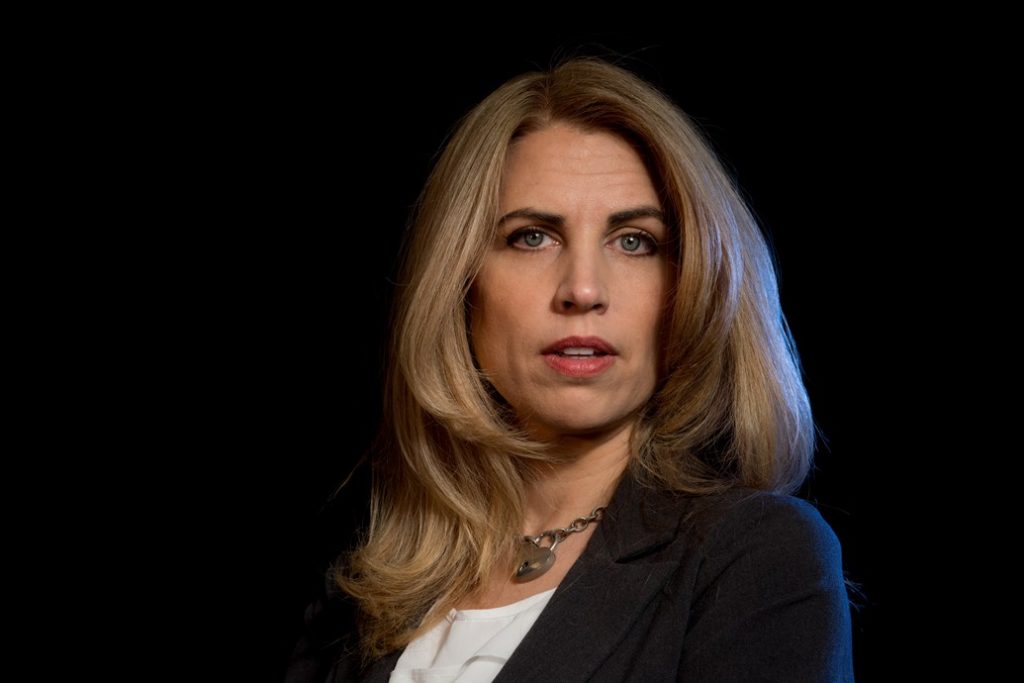
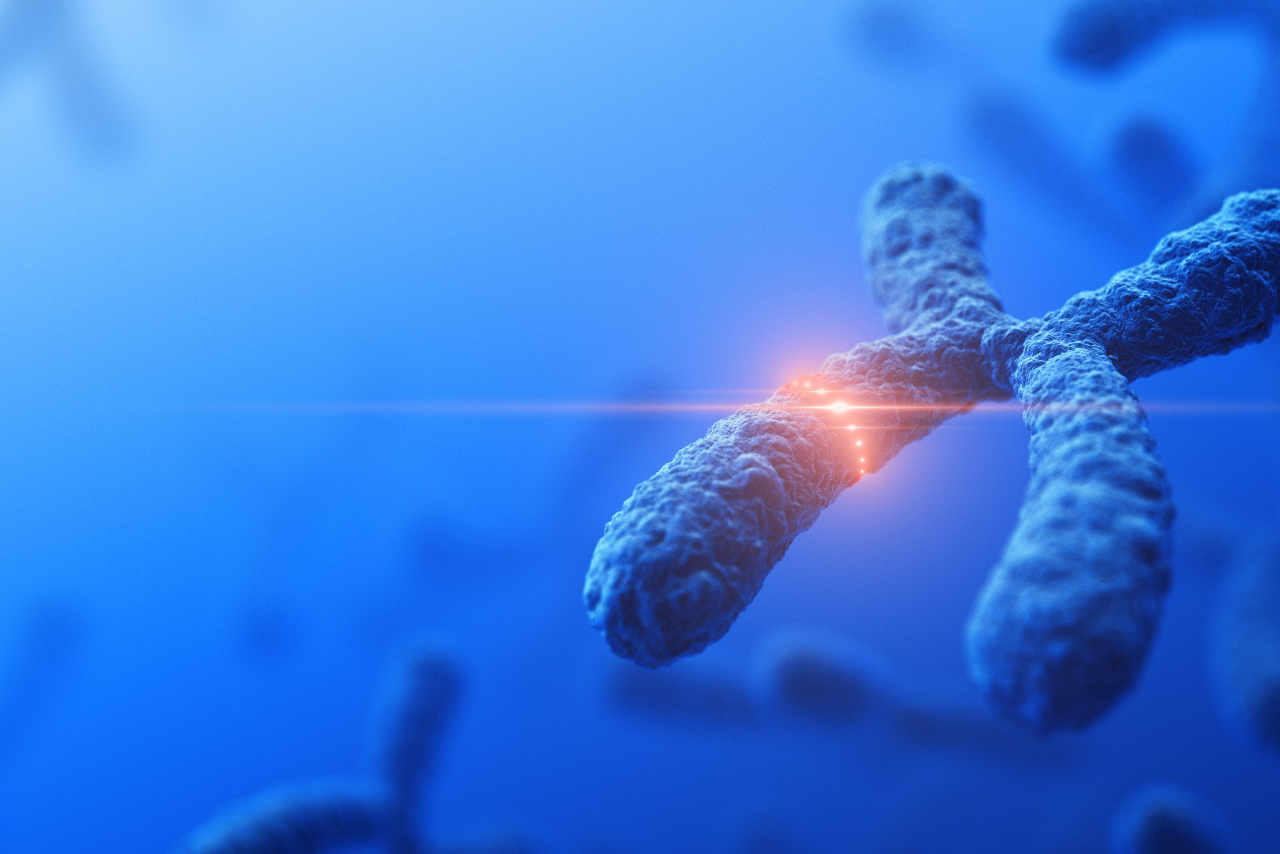


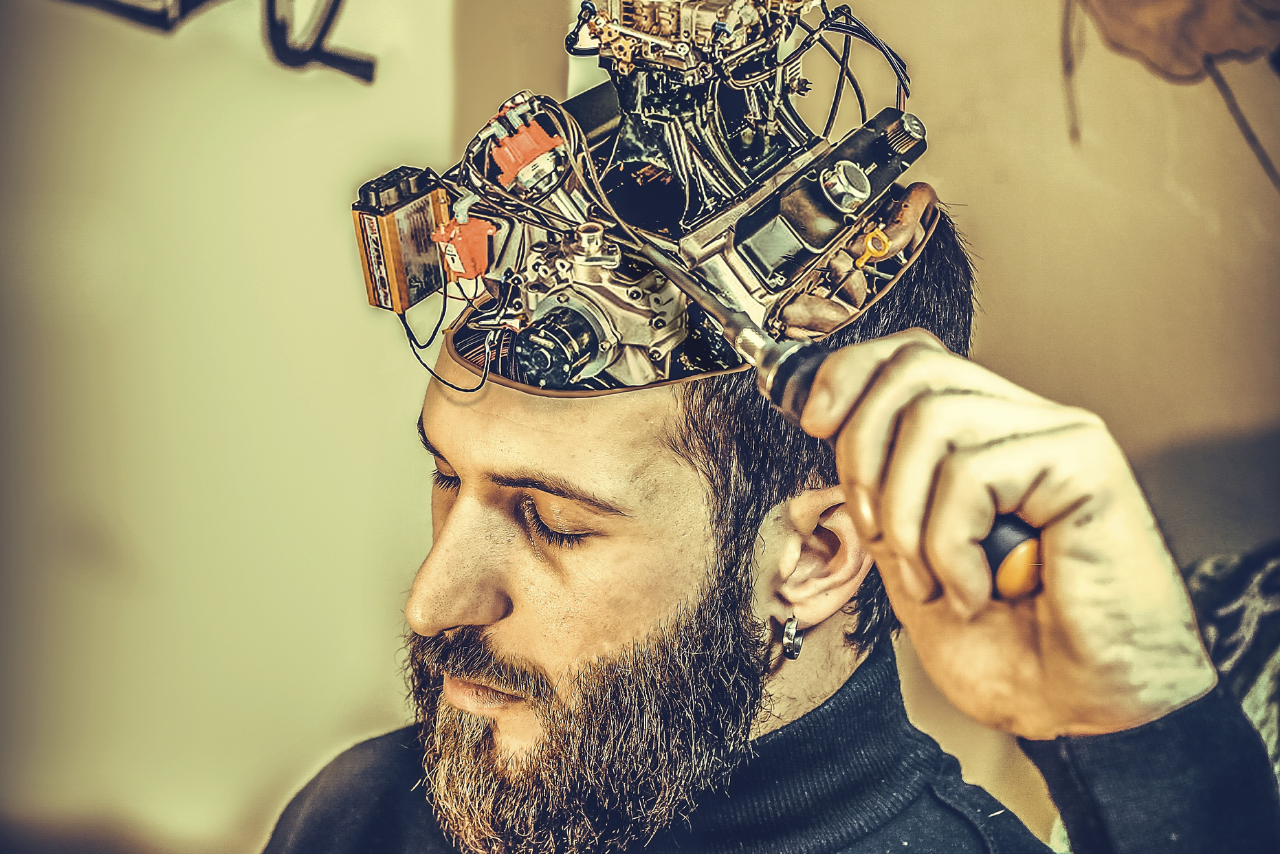
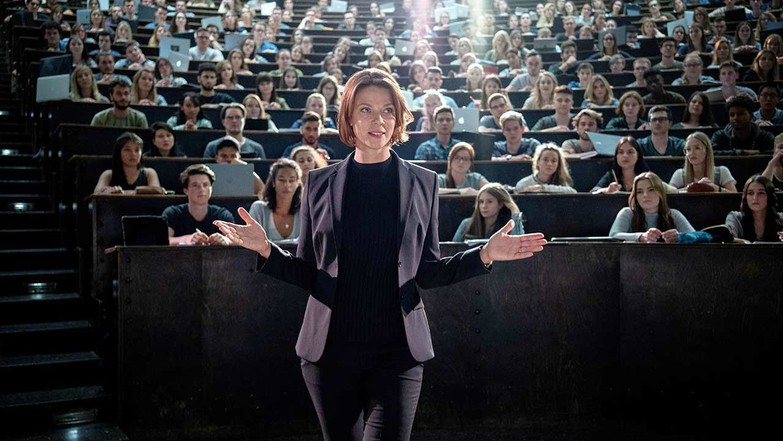
Really helpful article. I liked it has to work for you to be effective. Thanks for sharing.
Learned some new stuff with very detailed information.
My father was diagnosed with amyotrophic lateral sclerosis (ALS) in the summer of 2013; His initial symptoms were quite noticeable. He first experienced weakness in his right arm and his speech and swallowing abilities were profoundly affected. We all did our best to seek help for this disease no medications they prescribe worked ,we were all scared we might lost him due to his condition, as he had been his brother’s caregiver a few years earlier for the same disease before he past. doctor recommend nuatural treatment from total cure herbal foundation for his ALS we have no choice to give a try on natural organic treatment ,this herbal cure has effectively reverse my father condition ,losing his balance which led to stumbling and falling stop after the completing the herbal supplement which include his weakness in his right arm and his speech, home remedies from totalcureherbsfoundation .co m is the best although their service is a little bit expensive but it worth it, they save lives.